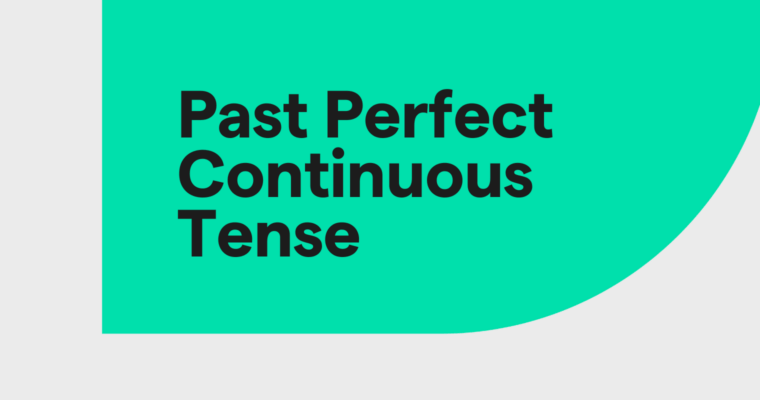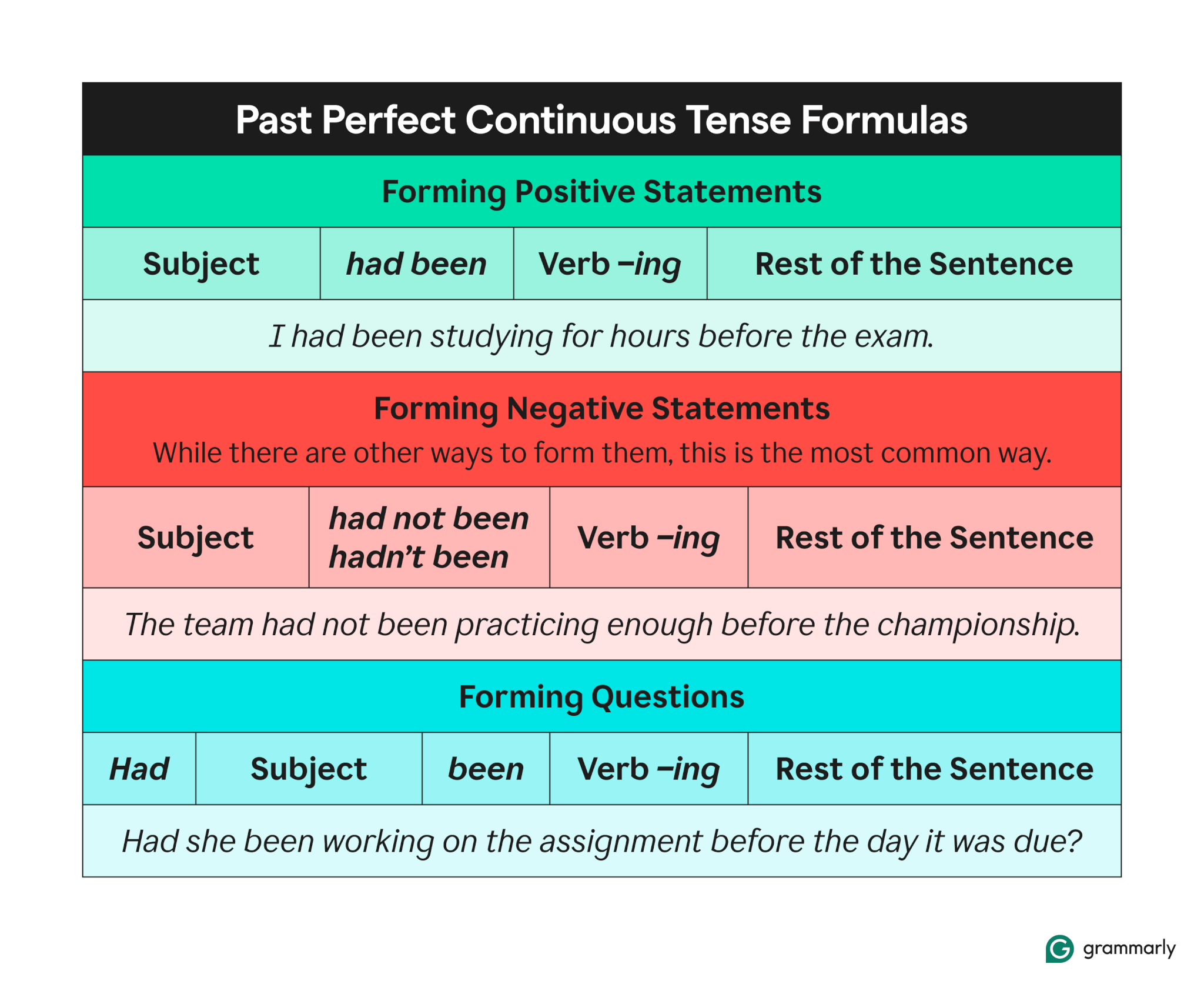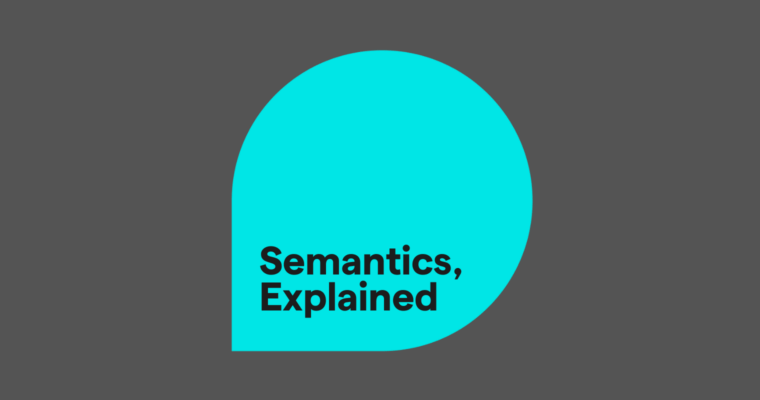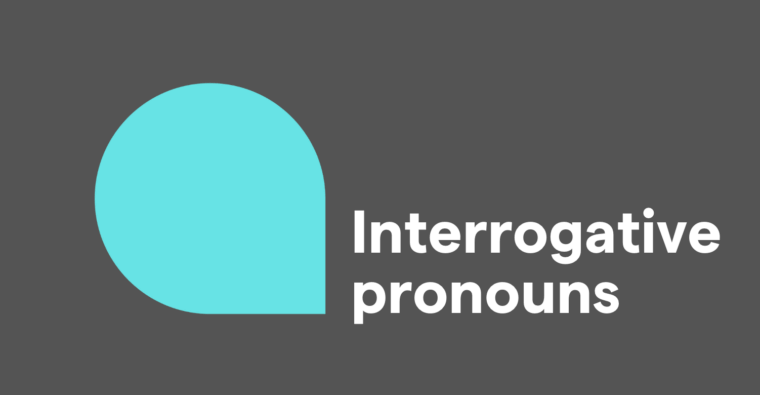
- The past perfect continuous tense is a verb tense used for talking about things that started at one point in the past and were ongoing up to some other point in the past. (Example: I had been living here for three years before I learned the street names).
- The past perfect continuous is formed by placing the phrase had been before the present participle form of a verb.
- The most common way to form a negative statement in the past perfect continuous tense is by placing the phrase had not been (or hadn’t been) before the present participle form of a verb.
- The past perfect continuous often works closely with phrasal adverbs, which provide information about when and for how long something was happening in the past.
Here, we’ll discuss how to use the past perfect continuous tense correctly and look at some examples.
Table of contents
What is the past perfect continuous tense?
Past perfect continuous tense formula
Examples of the past perfect continuous tense
Uses of the past perfect continuous tense
Past continuous vs. past perfect continuous tense
Present perfect continuous vs. past perfect continuous tense
Past perfect continuous tense FAQs
What is the past perfect continuous tense?
The past perfect continuous tense, also known as the past perfect progressive tense, describes an action that began in the past and continued until a specified later point in the past.
This verb tense is useful for emphasizing the duration and ongoing nature of a past activity as well as the order in which multiple things in the past happened.
The past perfect continuous often appears with words that express something about time, such as when, for, since, and before.

Role of phrasal adverbs in the past perfect continuous tense
Verbs in the past perfect continuous tense partner naturally with phrasal adverbs of time to provide specific information about when or for how long a past action was going on. A phrasal adverb is two or more words functioning together as an adverb.
A phrasal adverb of time usually begins with a word like for, since, before, by, all, over, or when. Here are some examples of phrasal adverbs in sentences in the past perfect continuous tense:
Past perfect continuous tense formula
Here is the formula for constructing sentences in the past perfect continuous tense:
The formula for the past perfect continuous tense is had been + [present participle (root form of verb + -ing)].
This structure is consistent for all subjects, whether singular or plural. Here’s a closer look at each component:
- Had: This auxiliary verb remains unchanged regardless of the subject (e.g., I, you, he, they).
- Been: The past participle form of to be is used to connect the auxiliary verb to the main verb.
- Present participle: The root form of the verb with the addition of -ing indicates the ongoing nature of the action.
Examples of the past perfect continuous tense
Here are some examples of affirmative sentences in the past perfect continuous tense:
Uses of the past perfect continuous tense
One common use of the past perfect continuous is to express the length of time an activity was going on before some other point in the past:
The past perfect continuous can also reveal cause-and-effect relationships between events of the past:
Another purpose served by the past perfect continuous is to provide context for what was going on before a past event and interrupted or ended by the event:
The past perfect continuous can also describe habitual or repeated actions in the past:
Forming negative sentences in the past perfect continuous tense
Negative statements in the past perfect continuous convey that a past action was not occurring before a specific point, that it had been occurring but not for the entire duration implied by an adverb, or that it was almost not occurring.
The most common way to make a statement negative is with the word not, which appears between had and been in the past perfect continuous. It can be spelled out or combined with had as the contraction hadn’t:
Other words can make a past perfect continuous statement negative, and their position varies. Here, no is a negating adjective and appears immediately before the noun it modifies (mice):
Negating adverbs like barely and rarely appear between had and been, while the negating adverb nowhere goes after the verb:
A negating pronoun like nothing appears after the transitive verb whose object it is:
Forming interrogative sentences in the past perfect continuous tense
Interrogative sentences in the past perfect continuous tense inquire about the duration or reason for an action that occurred before another point in the past.
The interrogative formula for the past perfect continuous is had + [subject] + been + [present participle]. Here are a couple of examples:
The same formula applies to interrogative sentences that begin with question words (what, where, why, and how):
Past continuous vs. past perfect continuous tense
The past continuous tense and the past perfect continuous express different things about the past. The past continuous describes actions that were ongoing or habitual at a specified time in the past without revealing their duration. It often appears with a phrasal adverb beginning with while or when to express that past events occurred simultaneously:
The past perfect continuous describes actions that were ongoing at a specified time in the past after beginning at an earlier time, emphasizing their duration. It often conveys sequence, with the ongoing action continuing up to a specified time or interrupted by another action.
Present perfect continuous vs. past perfect continuous tense
The present perfect continuous indicates an action that began in the past and has continued up to the present. Like the past perfect continuous, it often appears with phrasal adverbs beginning with for or since to express the duration of ongoing actions up to the present.
The past perfect continuous also describes an ongoing action that began in the past with an emphasis on its duration. It often appears with the same kinds of phrasal adverbs of time.
The difference is that the past perfect continuous’s description ends at a later defined point in the past (although the action itself may or may not have ended then) rather than continuing to the present, as the present perfect continuous does:
The present perfect continuous and the past perfect continuous are formed in similar ways:
- Present perfect continuous: has/have been + [present participle]
- Past perfect continuous: had been + [present participle]
Past perfect continuous tense FAQs
What does “past perfect continuous tense” mean?
Past perfect continuous tense is the verb tense used to show that an action started in the past and continued or was habitual until a later time in the past. Here’s an example of a sentence using the verb to practice in the past perfect continuous tense.
How is the past perfect continuous tense formed?
The formula for conjugating verbs in the past perfect continuous tense is had been + [present participle (verb root + -ing)]:
What are the main uses of the past perfect continuous tense?
The past perfect continuous is used primarily to express the duration of an activity that was going on before some other point in the past, describe the context for a past event, and demonstrate cause-and-effect relationships between past events, as in this example:
What’s the difference between the simple past and past perfect continuous tenses?
The simple past expresses something that began and ended at a specified time in the past, while the past perfect continuous expresses a past action that was ongoing up to another point in the past.
- Simple past: They waited.
- Past perfect continuous: They had been waiting.






